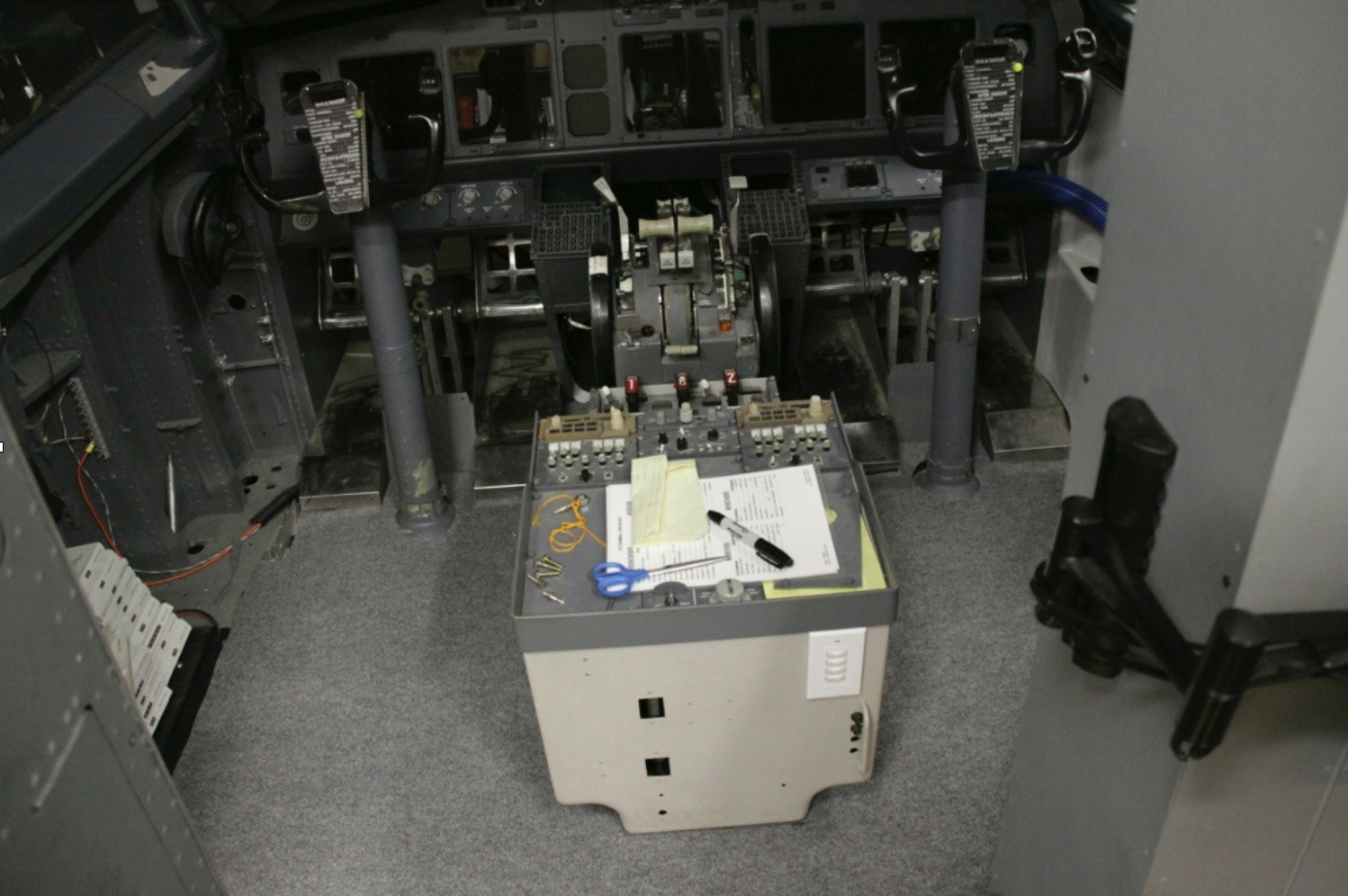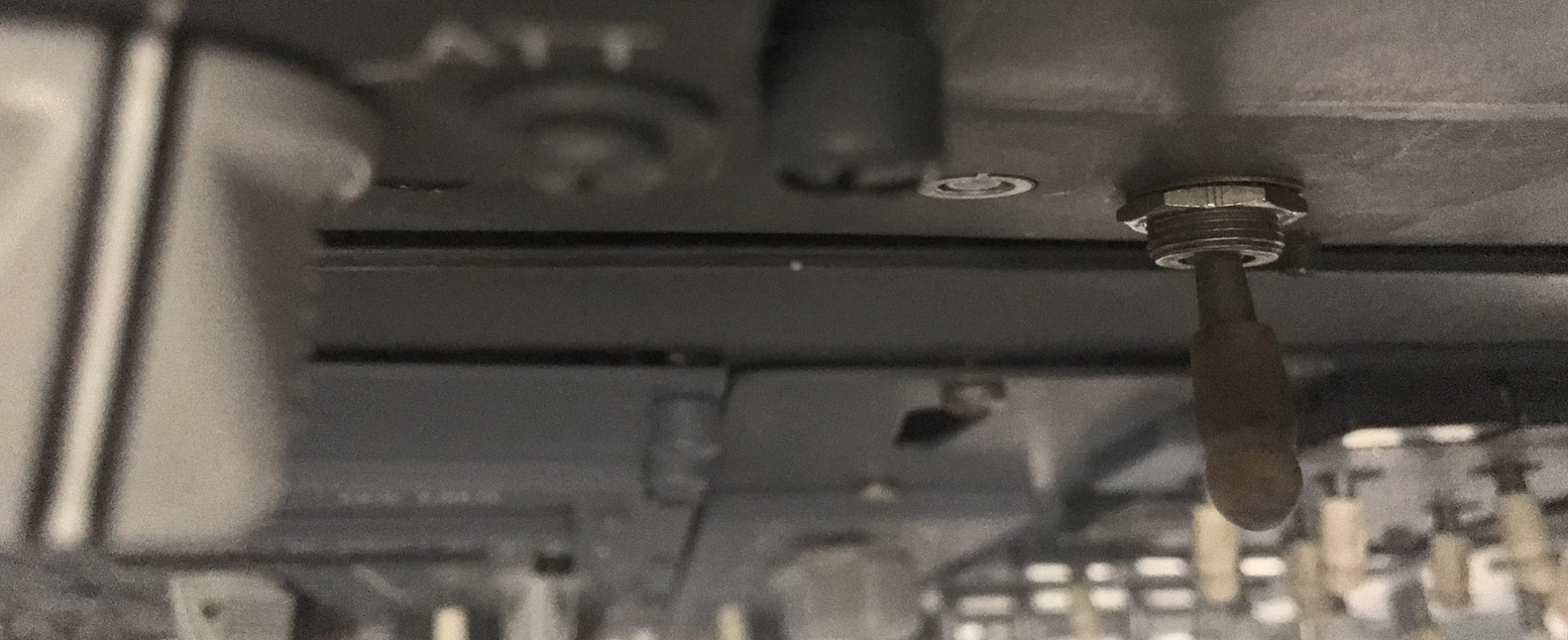In late 1998 I moved to California. My flight deck sat at my parents house while I was still living in an apartment but it didn’t stop me from working on the simulator, so I decided to ship the throttle quadrant and overhead panel to begin software development.
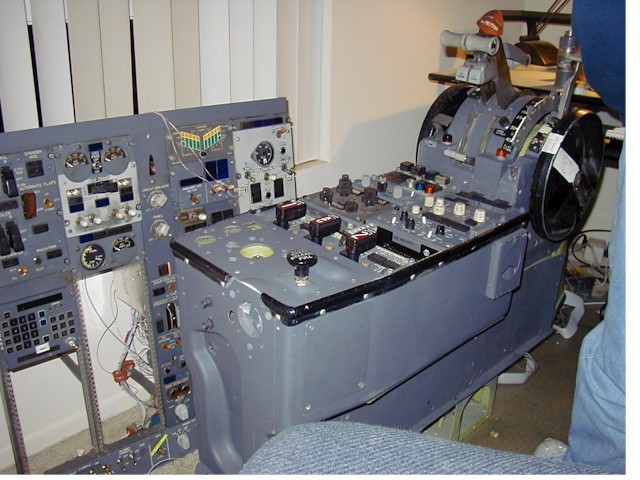
In 200 I finally bought a house and it was time to move the flight deck to Los Angeles to begin it’s restoration



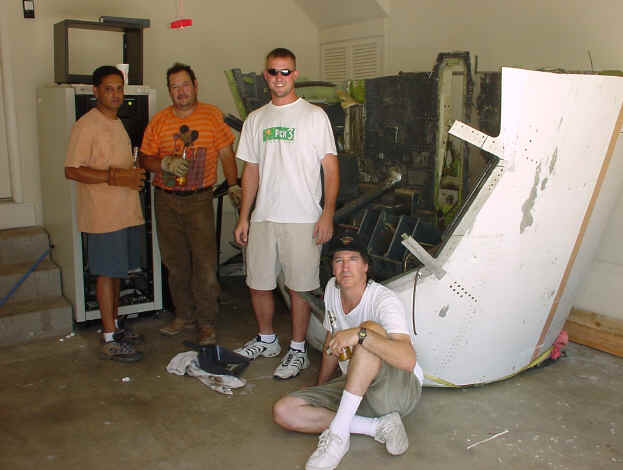

The first thing that I began was the physical restoration of the flight deck. Remember this thing had been flying since 1967 so there was tons of grime and nicotine over everything. I stripped out all of the wiring, cleaned it, and next built a frame and aft cab for it.
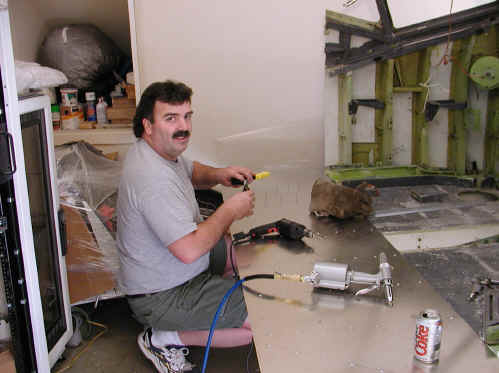

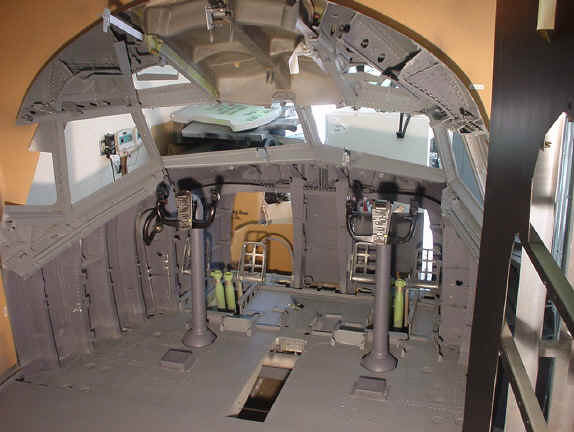

While the physical restoration continued I knew it would be quite a while before it flew. During that process I decided to create a development platform up in one of the spare bedrooms. This is where James Price and I co-developed “Sim Control” written in Visual Basic to control all of the aircraft systems. We used Microsoft Flight Simulator for the host simulation.
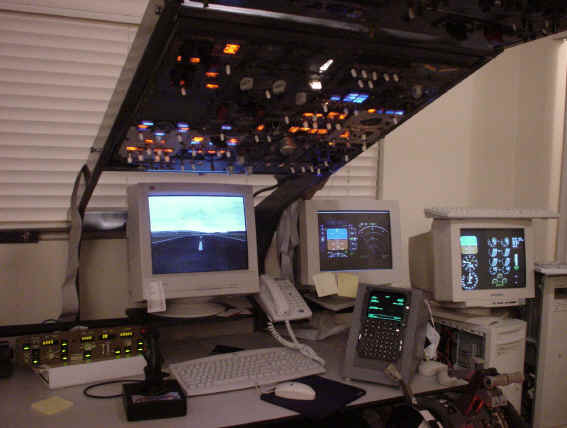

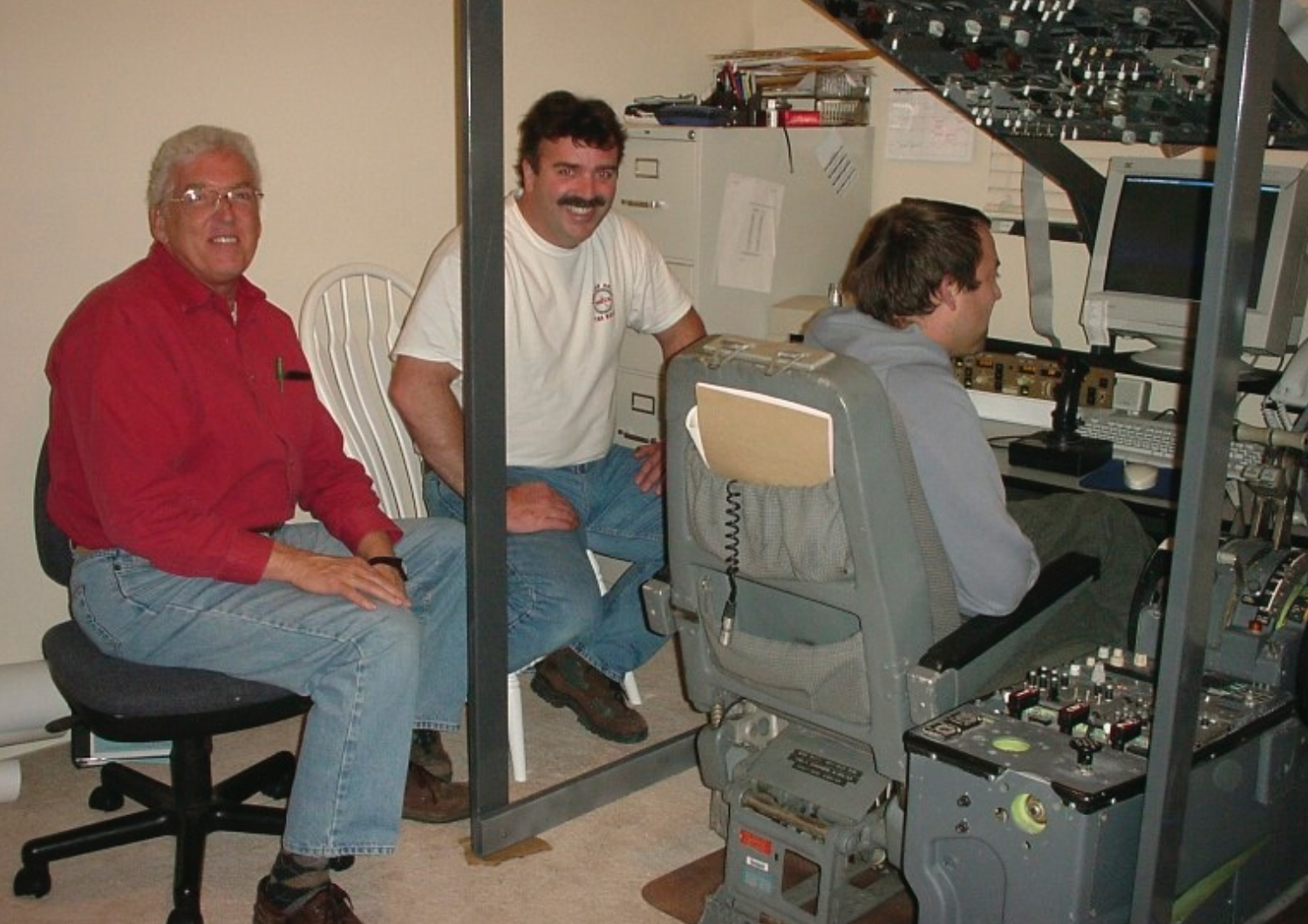
Once the flight deck was ready to start receiving parts I migrated the main elements down to the flight deck and the real development begins!

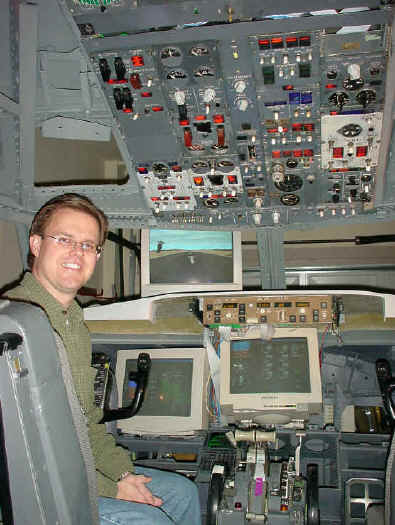
The next portion of the project was to actually get the flight controls interfaced with the EPIC interface and Microsoft Flight simulator. Luckily my good friend James Price had already done it on his Boeing 737 simulator so he came down to integrate his flight control interface.


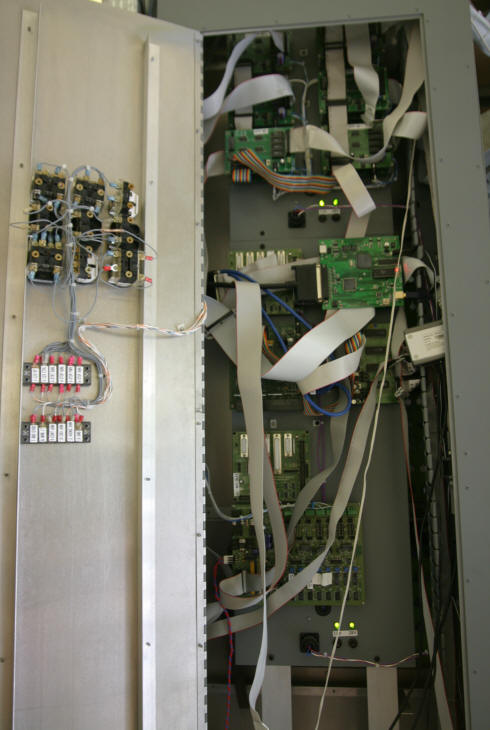

One of the next stages of development was the installation of the forward instrument panel and the 737NG aft electronics bay
